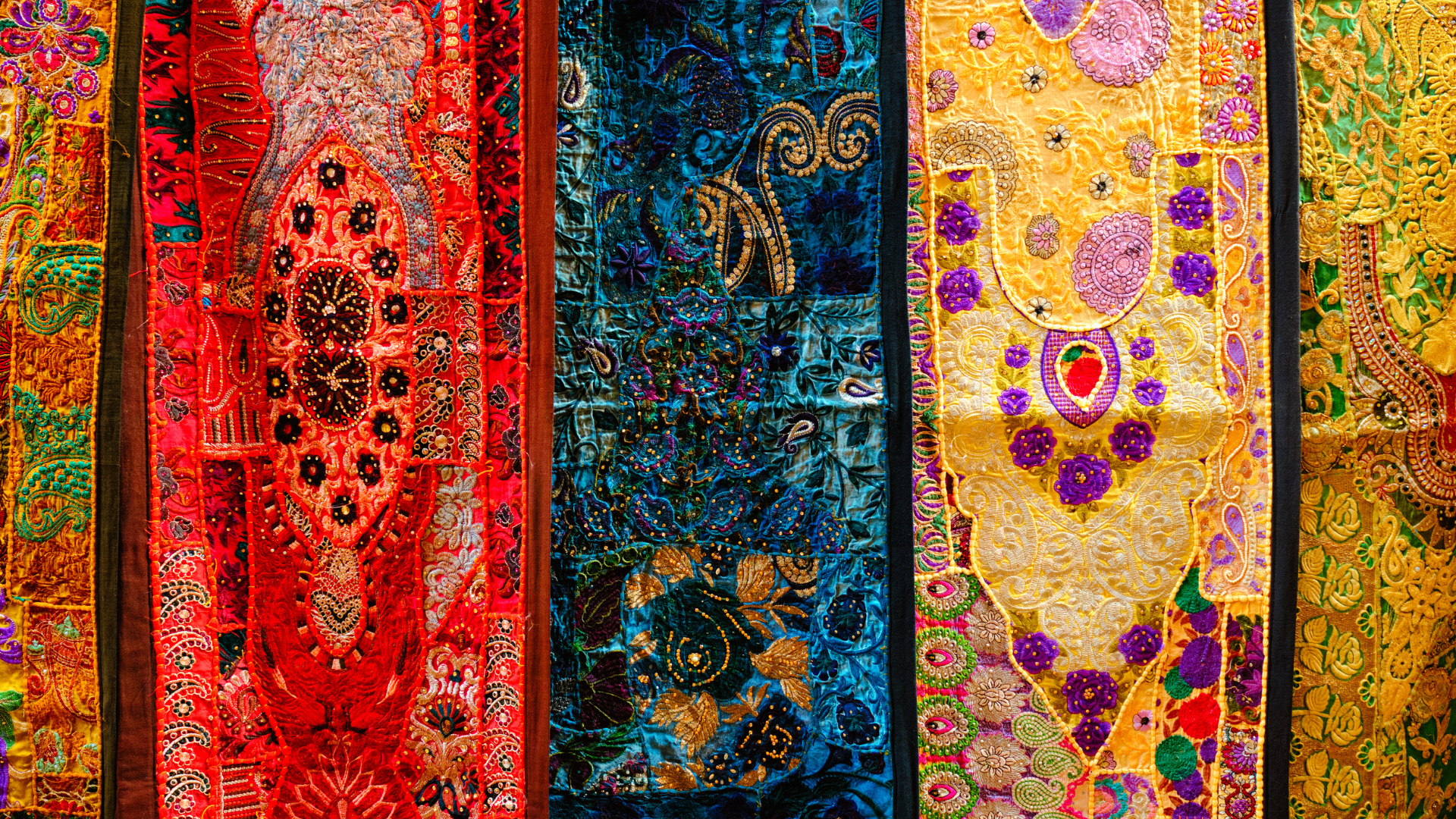Why Supporting India’s Traditional Textile and Footwear Industry Matters
The Hidden Value of Indian Handlooms and Traditional Crafts
India’s traditional textile and footwear industries are treasures of our cultural heritage. Yet, while global brands like Prada and Gucci are household names, many Indians remain unaware of the rich legacy of crafts like Himroo, Sambalpuri, Kolhapuri, and Narayanpet. This lack of recognition often leads to situations where indigenous crafts are appropriated or "whitewashed" by global fashion houses—sometimes sold at astronomical prices without credit to their Indian origins.

The Issue: Global Appropriation Without Credit
Recently, a major fashion house showcased Kolhapuri chappals at Milan Fashion Week, selling them for over ₹1 lakh—without acknowledging Maharashtra, the birthplace of this iconic footwear. This is not an isolated incident. Across the world, Indian designs, weaves, and crafts are often rebranded and resold, with little to no recognition for the artisans and communities that created them.
Why Indians Must Adore and Support Their Own
- Preservation of Heritage: Each handloom and craft tells a story of India’s diverse regions, histories, and traditions.
- Economic Empowerment: Supporting traditional industries sustains millions of artisans, weavers, and small business owners.
- Sustainable Fashion: Handlooms and traditional crafts are often eco-friendly, using natural dyes and sustainable processes.
- Unique Identity: Indian textiles and footwear offer unmatched variety, color, and craftsmanship not found in mass-produced global brands.

A Glimpse Into India’s Traditional Textile and Footwear Industries
| Region | Textile/Footwear Craft | Special Features |
|---|---|---|
| Maharashtra | Kolhapuri Chappals | Handcrafted leather footwear, iconic design |
| Odisha | Sambalpuri Sarees | Ikat weaving, vibrant patterns |
| Telangana | Pochampally Ikat | Double Ikat technique, geometric designs |
| Andhra Pradesh | Kalamkari | Hand-painted or block-printed cotton textiles |
| Gujarat | Bandhani, Patola | Tie-dye, double Ikat, intricate motifs |
| West Bengal | Baluchari, Kantha | Silk sarees, embroidered quilts |
| Tamil Nadu | Kanchipuram Silk | Rich silk, gold zari work |
| Uttar Pradesh | Chikankari, Banarasi | Delicate embroidery, luxurious silk sarees |
| Rajasthan | Mojari, Block Printing | Embroidered footwear, vibrant prints |
| Punjab | Phulkari | Floral embroidery on shawls and dupattas |
| Assam | Muga, Eri Silk | Indigenous silks, natural sheen |
| Kerala | Kasavu | Gold-bordered white sarees |
| Karnataka | Ilkal, Mysore Silk | Distinct borders, smooth silk |
| Nagaland | Naga Shawls | Tribal motifs, bold colors |
| Goa | Kunbi Sarees | Traditional weave, red checks |
The Importance of Giving Credit

When international brands use Indian crafts without acknowledgment, it robs artisans of recognition and economic opportunity. By celebrating and buying Indian handlooms and traditional footwear, you help preserve these crafts and ensure artisans get the credit they deserve.
How You Can Make a Difference
- Choose handloom and traditional products over mass-produced alternatives.
- Learn about the history and significance of Indian crafts.
- Share stories of Indian artisans and their work.
- Encourage friends and family to support local businesses.
misrut Supports Indian Tradition
At misrut, we are passionate about empowering India’s traditional businesses—whether you are a weaver, artisan, or small-scale entrepreneur. We believe in preserving our heritage and ensuring every craftsperson receives the recognition and support they deserve.
Are you a traditional business owner?
To know more about how misrut can help you, visit misrut business
Let’s celebrate, support, and wear our heritage with pride!
